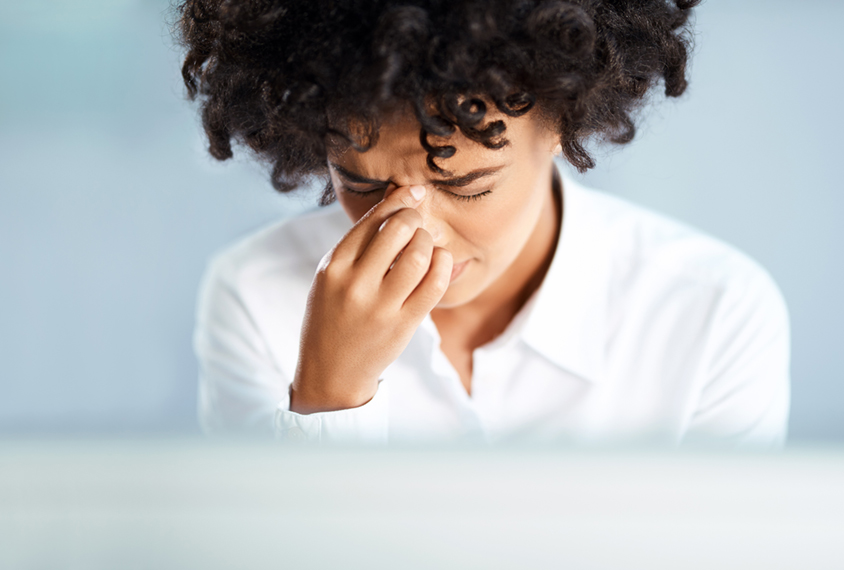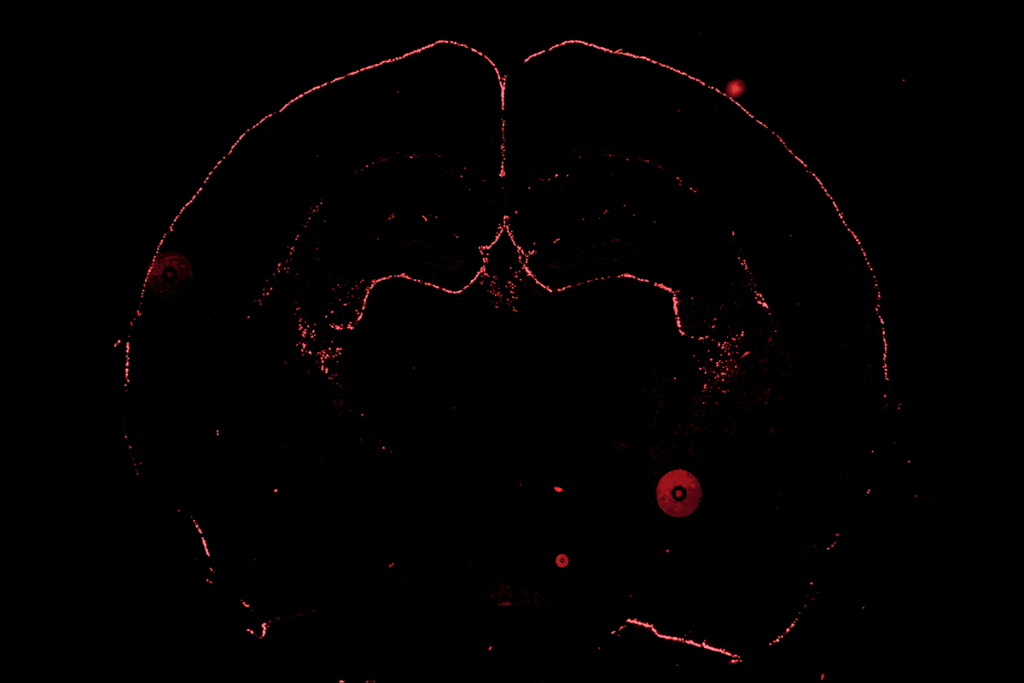Autistic women and girls experience more frequent and more disabling pain than autistic men and boys do, according to new unpublished research. They are also more likely to miss work, school or other activities as a result.
“Autistic individuals are experiencing a fair amount of pain, often on a daily basis, and it can have quite an impact on their lives,” says Michelle Failla, co-investigator and assistant professor of nursing at The Ohio State University in Columbus. “We need to make sure we’re addressing pain specifically for autistic females.”
Failla and her collaborators presented the findings virtually at the 2021 International Society for Autism Research annual meeting this week. (Links to abstracts may work only for registered conference attendees.)
People with autism may experience or express pain differently from those without the condition. Although some research suggests that some people with autism are insensitive to pain compared with non-autistic people, other work indicates that many experience greater pain. In fact, sensory sensitivities, anxiety and co-occurring gastrointestinal conditions may actually predispose autistic people to chronic pain.
For the new work, the researchers surveyed 482 autistic adults living independently, as well as 1,471 autistic people of all ages living with parents or caregivers, about their experiences with pain. In the latter group, some surveys were completed by caregivers, and others were filled out jointly with the participants on the spectrum. The team recruited all of the participants through SPARK, an initiative that links researchers with autistic people and their families. (SPARK is funded by the Simons Foundation, Spectrum’s parent organization.)
Among the autistic adults living on their own, 46 percent of women said they had daily pain, compared with 28 percent of men. And 59 percent of the women said they had missed work in the past year because of pain, compared with 38 percent of the men. More than 70 percent of all independent adults with autism reported experiencing pain in the week prior.
Among the teenagers and young adults living at home, women and girls were also more likely than men and boys to experience frequent pain: 17 percent of the women and girls and 6 percent of the boys and men had daily pain, according to their parents. And 57 percent of the women and girls missed school or other activities because of their pain, compared with 45 percent of the men and boys.
In general, caregivers reported less pain in autistic people than autistic people did themselves. In the group that reported jointly, 55 percent of the people with autism reported having pain in the previous week, compared with 40 percent of their parents or caregivers. In the caregiver-report group, just 29 percent said the autistic person in their care had experienced pain in the previous week.
Because autistic people may express physical discomfort differently, Failla says, parents and caregivers might not see or understand the signs of pain, leading to under-reporting.
“Where is that breakdown?” she asks. “Why does it exist? That’s one of the big questions.”
Read more reports from the 2021 International Society for Autism Research annual meeting.





